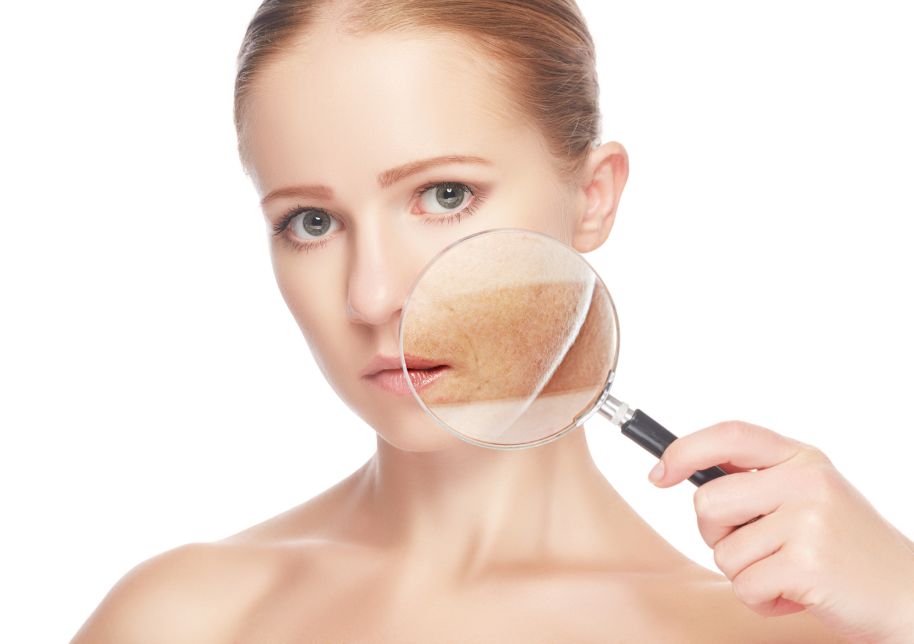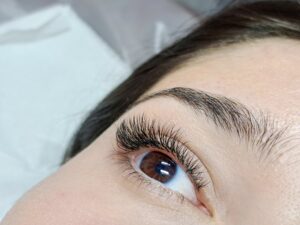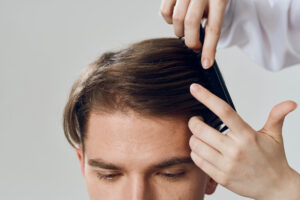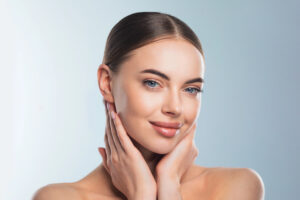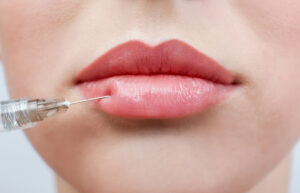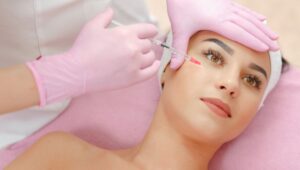Not all products and treatments are a fit for everyone to use. Some people might have sensitive skins, allergies, etc. which makes certain treatments and products not suitable for them. Keep on reading to learn how take care of your hyperpigmentation.
What is Hyperpigmentation?
Hyperpigmentation is the term that medical practitioners used to define the spots in the skin that are thicker than the normal parts of the skin. It’s a very common skin condition that affects people of all skin types. Typically, these tiny, darkened spots are seen on the hands, face, neck, and other body parts that are often exposed to the sun. Moreover, it is a condition where the skin develops more melanin, a group of natural pigments which is found in most organisms and gives out the skin its color, than what is needed by the skin. This may make the spots or patches in the skin appear darker than the surrounding areas.
While the medical community refer to the spots as “solar lentigines”, most people refer to these spots as the “age spots” or “liver spots”. The major cause for this condition is too much exposure to the sun. Some forms of hyperpigmentation are called melasma or chloasma where in the areas in the skin that turns darker than the rest is due to hormonal changes that are often associated with aging.
In addition, pregnancy can also cause hyperpigmentation. This is often referred to as the “mask of pregnancy”. Pregnant women don’t have to worry about this condition for it is usually temporary for them and the skin returns to normal once delivery is done.
Hyperpigmentation Treatment
Yes, hyperpigmentation can be treated in various ways! The primary objective is to soothe the hyperactivity of melanocytes which has produced more melanin than what is needed.
Lightening creams
There are lots of over-the-counter (OTC) lightening creams that works with select ingredients to help decrease pigmentation. However, most of these skincare products are accessible in stronger prescription forms. This kind of creams are typically used once or twice a day to brighten the skin over time. Other lightening treatments come in gel forms.
This type of cream or gel is effective for hyper pigmented areas on almost all skin types. It is known to best work for melasma, also known as “age spots”, and other flat spots.
Hydroquinone
The gold standard for this condition are creams containing hydroquinone. Aside from being approved by the FDA, it’s been used safely for over 50 years. Hydroquinone is a topical skin-bleaching agent that is used to lightens dark spots, leading to an all-round even skin tone.
Creams are typically combined with antioxidants, retinoids and alpha hydroxy acid to boost efficiency. Along with hydroquinone, these will substantially stabilize the skin color.
Face acids
Face acids, also known as skin acids, act by shedding off the top layer of the skin, known as epidermis. As you exfoliate your skin, new skin cells appear to fill the shoes of the old ones. Apart from giving you a lighter skin tone, the added advantage of using facial acid is that it improves the skin complexion and makes it softer and cleaner overall.
This topical treatment very well for moderate hyperpigmentation in fairer skin tones. In addition, it is preferable to look for an acid content of 10 percent or less. If you are planning to buy face acids with an acid content higher than 10, remember that it can increase the risk of side effects.
Kocic acid
Another popular treatment for hyperpigmentation is the kocic acid. Even though that this remedy is derived from a fungus, it is as effective as the hydroquinone.
Some individuals who do not perceive hydroquinone as efficient compared to other individuals tend to find improvement with their hyperpigmentation with the use of kocic acid. Moreover, it is proven to be more effective for people with darker skin complexions.
Retinoids
Retinoids, derived from vitamin A, are one of the earliest over-the-counter (OTC) skincare ingredients used to treat hyperpigmentation. Thanks to their tiny molecular size, they can reach deep into the skin and cure the layers under the epidermis. Although retinoids can be bought over-the-counter (OTC), these kinds of retinoids are weaker compared to the retinoids prescribed by medical professionals. It’s also important to keep in mind that retinoids are used more often to treat wrinkles rather than hyperpigmentation.
Intense Pulse Light Therapy (IPL)
IPL therapy, also known as Photofacial, is a form of non-surgical laser therapy which promotes the development of collagen in the second layer of the skin, known as the dermis.
Even though this therapy requires multiple session, this therapy is proven to work effectively, especially for flat spots and for people with fair skin. Additionally, it can also help to lower the presence of wrinkles, spider veins, and swollen pores.
*Information in this article is not medical advice and may not be factually accurate. It is intended for entertainment purposes only. Consult with a physician before attempting any tips in this blog post and to get the most up to date factual data about any procedure or treatment.

